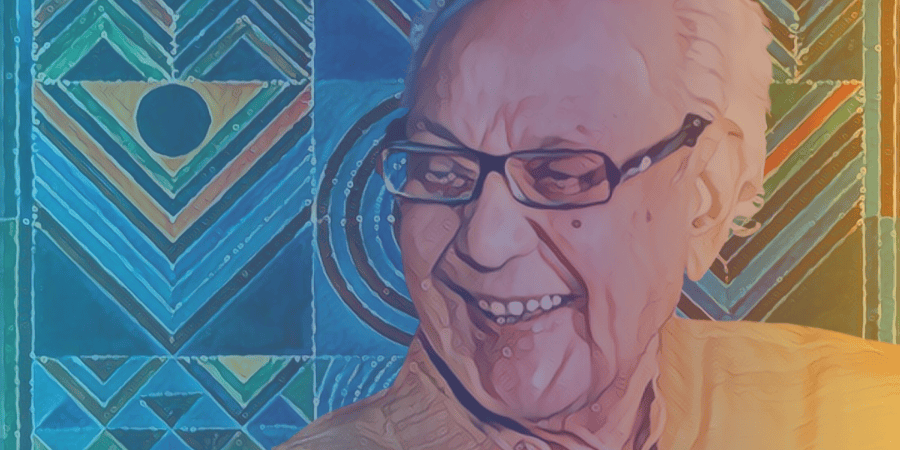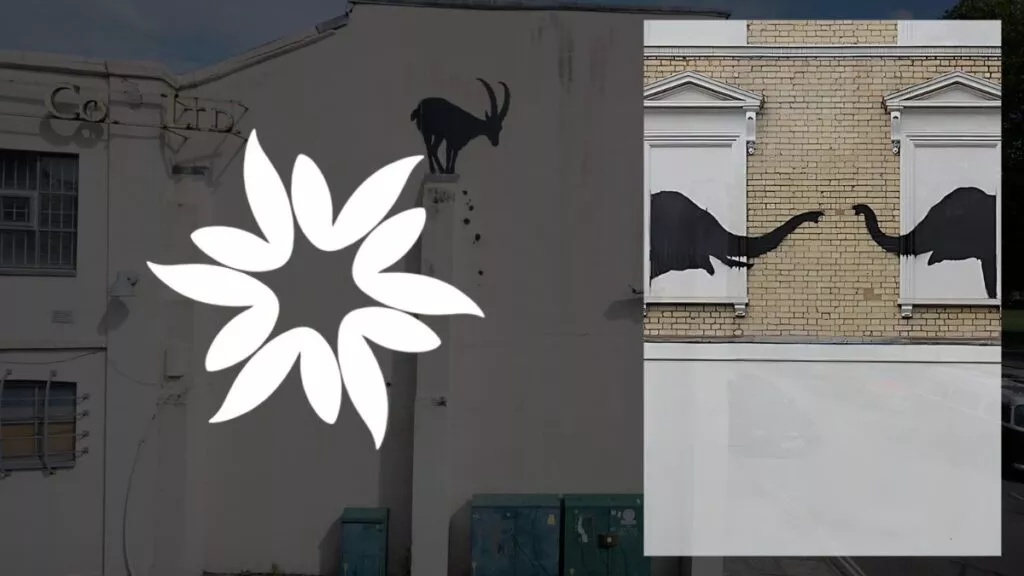Key Takeaways
- The Centre Pompidou in Paris is hosting a retro spective of S.H. Raza's work, showcasing his artistic journey and lesser-known experimental pieces.
- Raza's art blends Indian and Western sensibilities, with his signature bindu motif representing the cosmos and the point of all creation in Indian philosophy.
- Raza was a co-founder of India's Progressive Artists Group, which sought to explore a new national identity and respect indigenous artistic traditions while being open to global influences.
- Raza's exploration of color, form, and spirituality has had a significant impact on future generations of artists, inspiring many to delve deeper into their cultural roots while embracing a global perspective.
- The Raza Foundation, established in 2001, preserves Raza's legacy by providing scholarships, awards, and support to promising artists, writers, and poets in India.
Sayed Haider Raza (1922-2016), an iconic Indian artist, was first introduced to the circle as a child in his small village in Madhya Pradesh.
His teacher drew a circle on the board and instructed him to concentrate on it to maintain focus.
This simple form would later become a central motif in Raza’s paintings, representing the bindu—a symbol of the cosmos and the point of all creation in Indian philosophy.
Raza’s black bindus would anchor his abstract geometric paintings, filled with bold, fiery colors and lines of poetry in Hindi or other vernacular languages.
The Centre Pompidou Retrospective: An Overdue Recognition
The Centre Pompidou in Paris is currently hosting a rare and extensive retrospective of Raza’s work, featuring around 90 paintings.
The exhibition, which runs until May 15, highlights his lesser-known experimental pieces and traces the artist’s progression chronologically.
Although some of his most famous abstract geometric paintings are introduced relatively late in the exhibition, the show offers a fascinating look into Raza’s artistic journey.
A Dual Belonging: Straddling Continents
Raza, a co-founder of India’s Progressive Artists Group (PAG), lived in France from 1950 until 2011, traveling back to India annually.
He embraced a dual belonging and consciousness, refusing to be labeled solely as an Indian painter in Paris. Raza sought to encompass the entire cosmos, breaking away from narrow views and categorizations.
PAG and a New National Identity
Formed on the eve of Indian independence in 1947, PAG rebelled against colonial-era artistic movements, such as the Bengal School of Painting.
The group aimed to explore a new national identity while respecting indigenous philosophical and artistic traditions.
PAG artists were open to global influences but strived to make sense of modernism within their own context.
Raza himself took a unique path among his Indian peers, diverging from the dominant figurative art to explore abstraction.

Eastern Philosophy’s Impact on European Modernism
Eastern philosophy played a significant role in European modernism, challenging the common assumption that modern art always originated in the West.
Indian artists developed their own modes of expression, which were not mere replicas of Western styles.
Raza himself took a unique path among his Indian peers, diverging from the dominant figurative art to explore abstraction.
A Stylistic Evolution: From Figuration to Abstraction
Throughout his career, Raza drew inspiration from various sources, including Rajput miniature paintings, Mark Rothko, and other American Abstract Expressionists.
His work evolved from figuration to an explosion of color, culminating in his well-known radical and symbolic geometric abstraction.
Raza’s masterworks, such as Maa (Mother), Rajasthan, and Saurashtra, feature bindus, densely gestural geometric forms, and vibrant colors within rectangular strips and square segments.
An Artist of Multiple Faiths and Cultures
Born into a Muslim family, Raza was exposed to Hinduism and Christianity throughout his life. His work references elements from all three religions, creating an indirect narrative around his own culture and civilization.
This aspect of his art was particularly important to his mentee, artist Manish Pushkale.
A Rising Demand for Raza’s Work
In recent years, the demand for Raza’s work has skyrocketed, with the value of his pieces at auction increasing by 800 percent between the mid-1990s and 2010s.
His top price reached $4.45 million at Christie’s in New York in 2018.
A Celebration of Color and the Human Spirit
Raza’s legacy as a master colorist endures. His work speaks to a celebration of life, seeking consonance and tranquility rather than the disruption and tension often associated with zn abstract art.
By skillfully blending Indian and Western sensibilities, Raza’s oeuvre transcends geographical boundaries, resonating deeply with viewers from different cultural backgrounds.
His paintings invoke a sense of wonder, encouraging introspection and a connection to the vastness of the cosmos.
The Influence of Raza on Future Generations
Raza’s contribution to the art world has had a significant impact on future generations of artists.
His exploration of color, form, and spirituality has inspired many contemporary painters to delve deeper into their cultural roots while embracing a global perspective.
Raza’s groundbreaking work continues to shape the trajectory of modern Indian art and challenge conventional ideas about the relationship between East and West in the art world.
Preserving Raza’s Legacy: The Raza Foundation
To ensure the continuation of his artistic vision and support upcoming artists, Raza established the Raza Foundation in 2001.
The foundation provides scholarships, awards, and support to promising artists, writers, and poets in India. By nurturing talent and fostering a sense of community, the foundation aims to keep Raza’s artistic spirit alive and thriving.
A Timeless Universal Appeal
Sayed Haider Raza’s art is a testament to the power of color, form, and spirituality in connecting people across cultures and time.
His unique blend of Eastern and Western influences has left an indelible mark on the history of art. As the Centre Pompidou retrospective and the growing demand for his work demonstrate, Raza’s paintings continue to captivate audiences around the world, solidifying his legacy as a true visionary who bridged the gap between East and West through his vibrant and evocative art.








